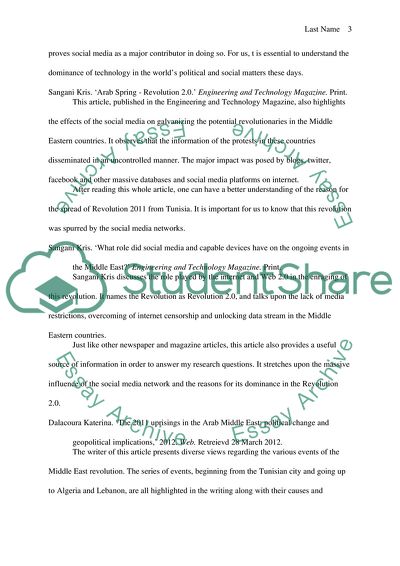Cite this document
(Tunisian Revolution Bibliography Annotated Example | Topics and Well Written Essays - 1750 words, n.d.)
Tunisian Revolution Bibliography Annotated Example | Topics and Well Written Essays - 1750 words. https://studentshare.org/history/1770194-how-did-tunisias-revolution-leed-to-the-other-revolutions-in-the-middel-east
Tunisian Revolution Bibliography Annotated Example | Topics and Well Written Essays - 1750 words. https://studentshare.org/history/1770194-how-did-tunisias-revolution-leed-to-the-other-revolutions-in-the-middel-east
(Tunisian Revolution Bibliography Annotated Example | Topics and Well Written Essays - 1750 Words)
Tunisian Revolution Bibliography Annotated Example | Topics and Well Written Essays - 1750 Words. https://studentshare.org/history/1770194-how-did-tunisias-revolution-leed-to-the-other-revolutions-in-the-middel-east.
Tunisian Revolution Bibliography Annotated Example | Topics and Well Written Essays - 1750 Words. https://studentshare.org/history/1770194-how-did-tunisias-revolution-leed-to-the-other-revolutions-in-the-middel-east.
“Tunisian Revolution Bibliography Annotated Example | Topics and Well Written Essays - 1750 Words”. https://studentshare.org/history/1770194-how-did-tunisias-revolution-leed-to-the-other-revolutions-in-the-middel-east.


